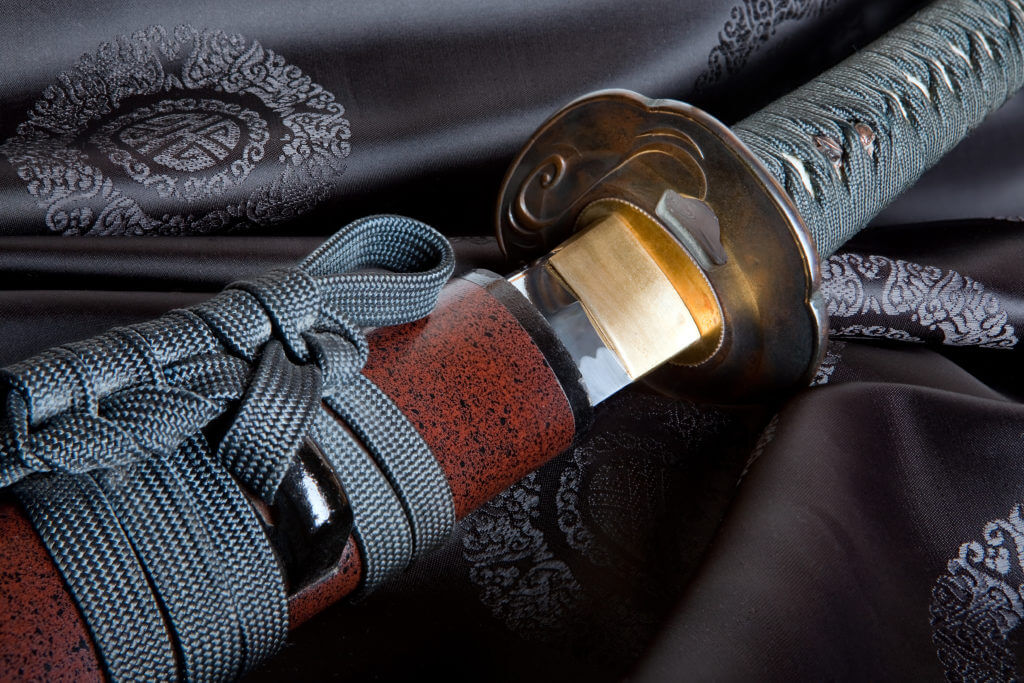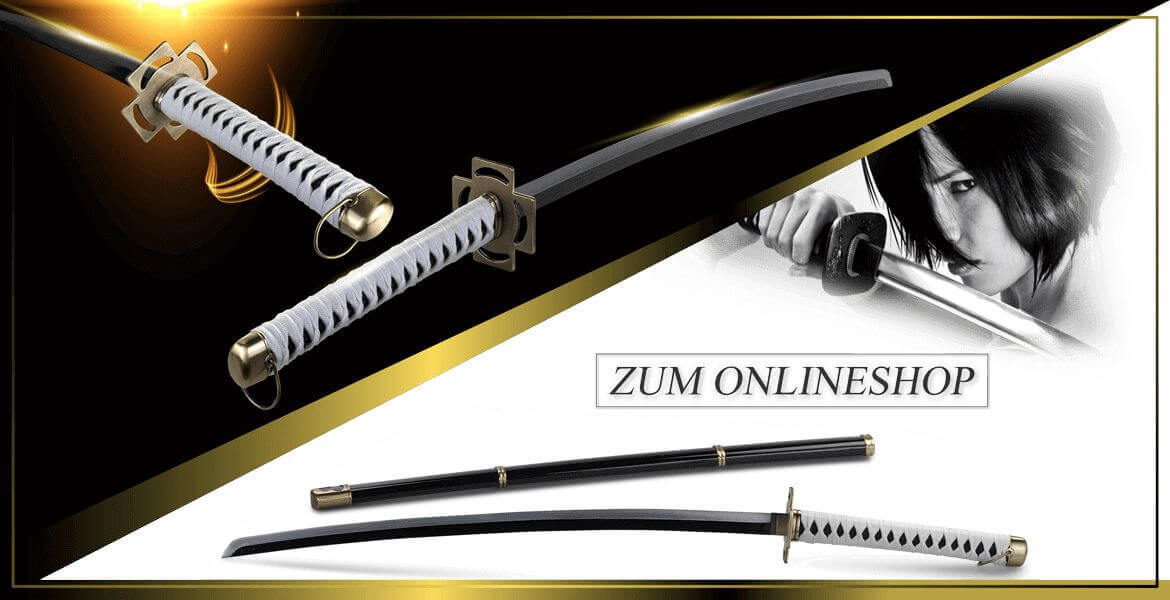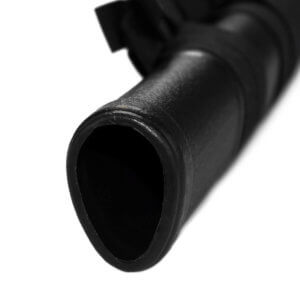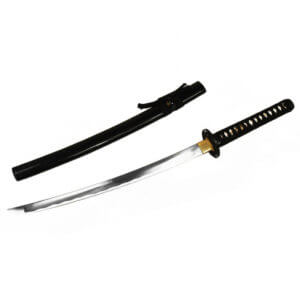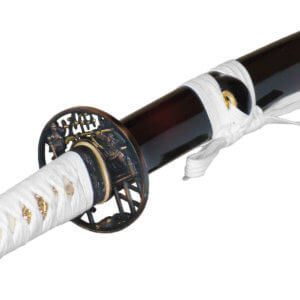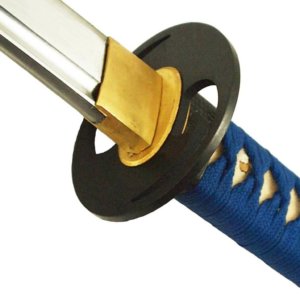Katana sharp: Japanese craftsmanship with history
Do you love Japanese martial arts and want to learn more about the history of the katana sharp sword? Then you've come to the right place to learn interesting facts about the sharp katana. In the 14th century, the katana sharp was developed from the long sword tachi. It has been used by the Japanese samurai ever since.
The sharp katana is a sword with a single-sided cutting edge that has a curved sword shape. The shape of the sharp sword is very similar to a classic sabre, but the handle is different. In addition, a sharp katana sword is mainly used with both hands, whereas a sabre is only used with one hand.
A katana has a blade of more than two shaku. A shaku is an old Japanese unit of measurement, whereby one shaku corresponds to approximately 30.3 cm. However, the length of the handle can vary. In the past, there were different swordsmithing traditions in different regions of Japan, so a sharp katana can differ slightly depending on the region. The process of making a sword was very lengthy, as many steps were necessary. It took several days or even weeks to make a sharp katana.
Katana sword sharp - the special features
The sharp katana sword has a number of special features that are not found in other swords. Even though the Katana sharp has some similarities with Chinese swords, it is still distinctive in some respects. The swords are made in Japan using Japanese craftsmanship and a special hardening and forging technique. A sharp katana has a core and a hardening zone or hardening line. This is also known as a hamon in Japanese.
The handle of an original sharp katana is also very special. In the past, it was made from ray skin or shark skin and skilfully wrapped with a silk ribbon. Some sharp katana can also be found with an ivory handle. However, these swords decorated with carvings were only used for presentation purposes and not in battle. Even today, the swords can be seen on a Centreboard stand or wall bracket can be used wonderfully as a decorative element.
Katana sharp - how the swords became sharp
But how did the Japanese manage to make the katana swords so sharp? The steel was first cleaned of impurities and then folded to ensure an even distribution of carbon. This process was repeated so that a sharp sword could consist of up to 30,000 layers of steel or more. In addition, a steel core is forged into a traditional sharp katana. This core makes the sword very stable so that it does not break even under great strain.
A special technique is also used to harden the steel. The sharp katana sword is coated with a layer of clay. A thin layer of clay is applied to the blade to maintain the special sharpness. Each blacksmith has their own technique for applying the clay, resulting in different patterns. The sword is then heated in a charcoal fire and cooled directly in water. A sharp katana is then worked on for around 120 hours. First with a coarse grind and then with increasingly finer whetstones. In order to maintain the sharpness and condition, care must also be taken afterwards to ensure the correct Centreboard care must be observed.
The popularity of the sharp katana sword has endured to this day. Fortunately, the sword is no longer used in combat today, but only in various martial arts. For example in Iaido. There are sword schools in Japan, but also all over the world, where you can learn how to use a sharp katana in martial arts.

